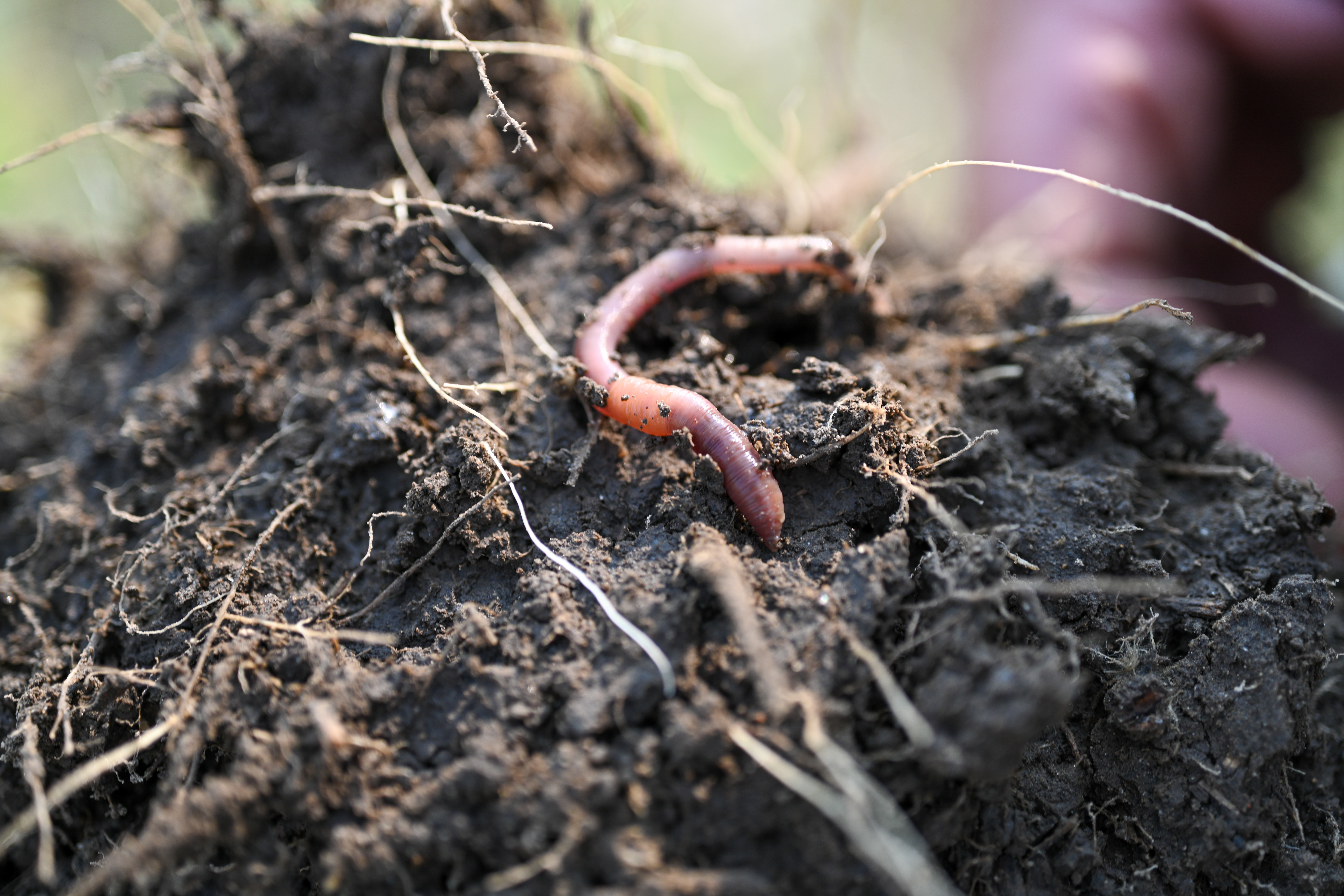Build healthy, productive and sustainable soils with these four methods to celebrate National Soil Health Day

ST. LOUIS, Mo (June 20, 2024) — A healthy field begins with healthy soil. It serves as the foundation for economical and environmental success and allows farmers to work with their land instead of against it. This National Soil Health Day on June 23 the United Soybean Board (USB) celebrates soil health initiatives and best practices to build healthy, productive and sustainable soils. National Soil Health Day reminds us the importance of continuous improvement and it’s a time to affirm our commitment to implementing practices that keep our soil healthy now and in the future.
Farmers know more than anyone that the health of soil impacts crop yields. Through initiatives like the Farmers for Soil Health program which offers a cost-share to plant cover crops, USB empowers farmers to implement conservation measures that improve soil fertility and resilience.
“As a locally-driven program, Farmers for Soil Health offers farmers a way to earn additional revenue for the conservation practices they are using,” said Steve Reinhard, USB Chair and Ohio farmer. In addition to helping economic sustainability, planting cover crops also offer environmental benefits. Steve shares, “With planting rye, barley and red clover as a cover crop on our farm, we’ve seen improved soil tilth, more organic matter in the soil and it helps manage our nutrients better.”
So, what’s the secret to healthy soil? Here are four major factors in healthy, productive and sustainable soils:
- Microbial Activity: Healthy soils are full of microbial life that is essential for moving nutrients around and keeping the soil healthy. By promoting practices that enhance microbial activity, farmers can improve soil health.
- Soil Carbon Enrichment: Cover crops and other soil management practices enhance soil carbon levels, improving soil structure and moisture retention. This not only enhances crop productivity but also lessens erosion and preserves water quality.
- Optimized Soil Drainage: Effective drainage systems allow for aerobic rather than anaerobic conditions. Controlled systems prevent nutrient loss, creating ideal growing conditions for crops.
- Sustainable Soil Structure: Conservation practices like no-till or reduced tillage help maintain soil health, minimize erosion and reduce environmental impact. By preserving soil structure, farmers can enhance soil health while promoting long-term sustainability.
As a farmer-led initiative, Farmers for Soil Health encourages adoption of new practices to build long-term soil health. By providing technical assistance, the program advances practices like cover crops to meet sustainability and profitability goals. This collaboration between the soy checkoff, the National Pork Board and the National Corn Growers Association highlights the collective commitment to soil health and regenerative agriculture.
“The heart of Farmers for Soil Health is really to help get funding back down to the farm level, to help farmers de-risk when they take on a new practice,” said Jack Cornell, director of sustainable supply at the United Soybean Board. “We’re ultimate stewards of the land, and this is an example of a program that showcases to the global community that we are putting forth our best effort to help with climate resiliency and show stewardship of the land we manage.”
This National Soil Health Day, farmers can sign up for the Farmers for Soil Health Marketplace. It not only provides cost-share and technical assistance on the production level but builds connections on an open trading platform that empowers them to set their prices and determine the profitability of their practices. For more information on enrolling in the program or to learn about other soil health initiatives, please visit farmersforsoilhealth.com or watch Steve Reinhard’s Soy Checkoff Chat.
###



